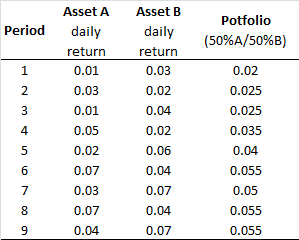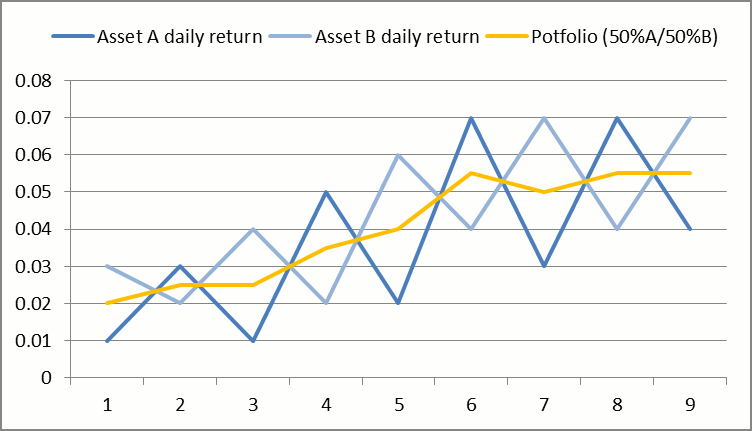Do you remember your (grand) mother’s best dish? Yes it was a piece of art. Now compare it with a McDonald’s hamburger.
So what is the problem with modern-fast-food? You know it:
- It tastes relatively good
- It carries inevitable long-term health problems like obesity, heard-attacks, cancer, and so on. Of course, all these consequences of consuming fast food are very hard to prove but I am sure you have seen real-life examples (it took 2000 years to prove that cigarettes are dangerous you know).
- Low-qualified people are selling it
Modern food is standardized food designed exclusively to mislead your taste senses at the lowest possible price. Yes, standardized food is the opposite of “piece of art” food prepared by your grandma.
Although many of us are able to recognize these problems in the food domain only are few are able to see the very same problem in the finance domain.
Financial management looks pretty much like cooking. You get a bunch of ingredients called assets and you mixed them together into a dish called a portfolio.
The Greedy Financial Manager also wanted to create standardized products because they are scalable. So the modern-portfolio-theory was born. This theory (to me) looks just like the McDonalds approach applied in finance management.
Here is how it works:
- We do not need to pay attention to all the individual assets we own. All we need to do is to keep track of the performance of our dish (portfolio).
- We focused solely on the most obvious, short-term, and easy-to-track metric. In the finance domain, this is the so-called market risk metric or this is just the daily prices of the assets
- We ignore the long-term-inevitable-system-risks
- We hire low-qualified people to sell all this b…..it.
Here is how modern-portfolio-theory got all the things backward:


In the graph above you can see the daily return of Asset A and Asset B. You see how assets fluctuate. The intimate thought of a mathematician called Harry Markowitz was that if we find such assets that fluctuate as shown in our example and mix them in a proper way (say 50/50) then we may end up with a riskless portfolio(one that does not fluctuate).

Applying this idea in practice is close to impossible but what is worse it also impractical because:
- The way assets’ prices fluctuate is not constant so if you find assets that have performed in the past like the ones in our example you have no guarantee that this will continue in the future.
- Focusing on daily returns is not an investment strategy at all.
- In this globally interconnected world, the price of almost all assets just fluctuates in the same way, or when A declines most probably B declines too. This becomes more obvious in times of crises when everything declines and your riskless portfolio just collapses.
- By selecting such assets using the above methodology you may smoothen your market risk but eventually, you get exposed to more hidden risks which at some point literally explode. This was the case with the financial crisis in 2008-2009. Then a lot of bad debt (loans given to people who cannot repay it) was turned into tradable portfolios with smooth market risk.
Portfolio Managers may argue that they initially select the “best” (which a doubt) assets and then they find the optimal recipe (the optimal mix say 50/30/20) by applying the modern-portfolio-theory. To me, this is like cooking in a McDonald’s restaurant without good ingredients you just cannot get “piece of art” food.
Just do not get fooled by complicated mathematical models when it comes down to your money management. These models most probably do not work.